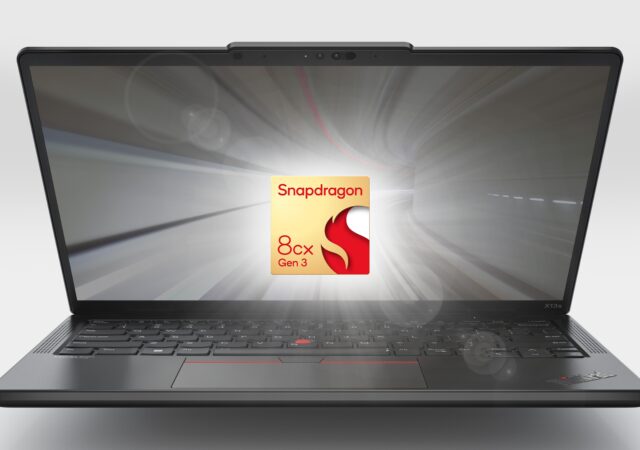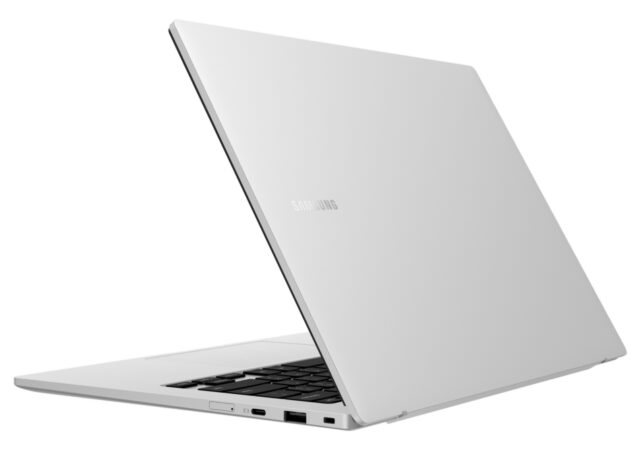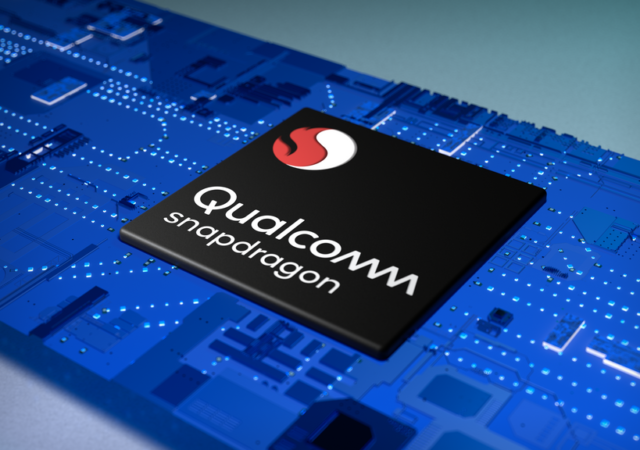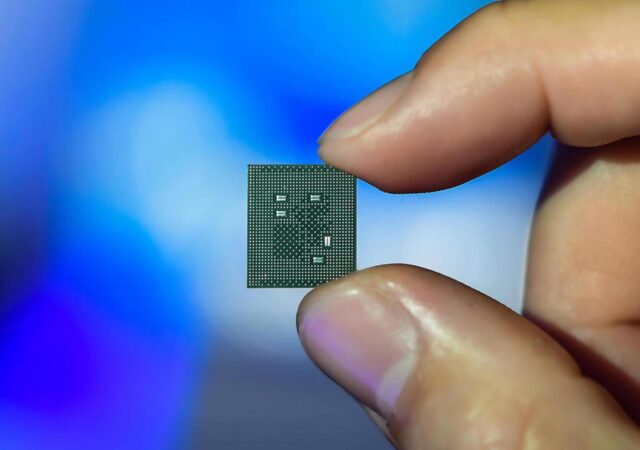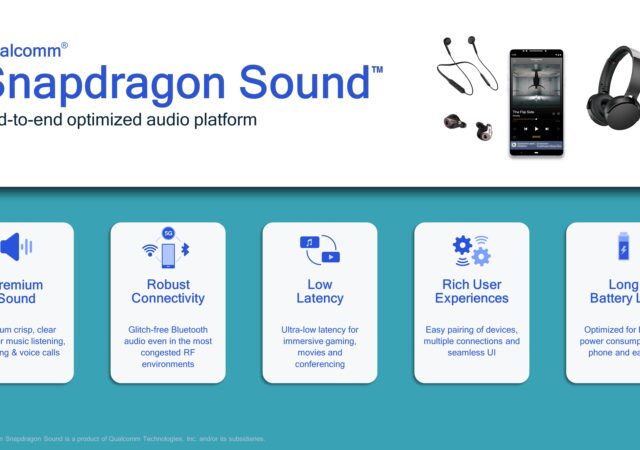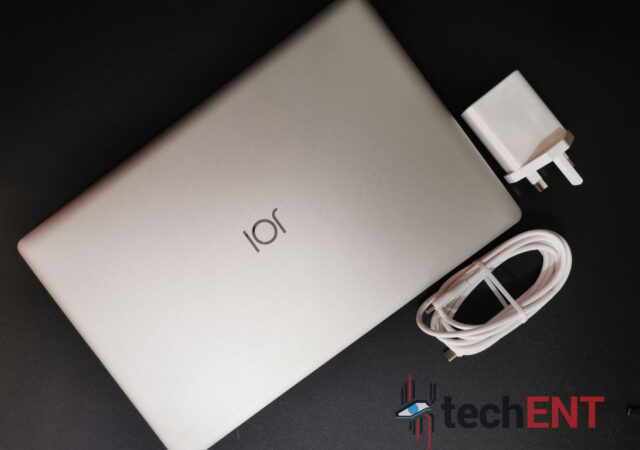Lenovo took part in MWC 2022 and launched the Snapdragon based ThinkPad X13s running Windows 11 Pro, the first in Lenovo’s PC line-up.
Samsung’s Galaxy Book Go and Galaxy Book Go 5G Brings Qualcomm’s Snapdragon Compute Platform to Windows.
Samsung Galaxy Book Go marries the goodness of Qualcomm’s Snapdragon 7c SoC to Windows’ goodness for all-day battery and great performance.
Qualcomm Announces Snapdragon 7c Gen 2 Compute Platform for Laptops
Qualcomm looks at addressing the growing need for powerful, affordable systems for a Work from Anywhere future with the Snapdragon 7c Compute Platform.
Qualcomm Processors Have A Worrying Security Flaw
Qualcomm’s processors are affected by a serious vulnerability which could put user data such as call logs, sms and even calls themselves at risk.
Qualcomm Looks To Transform Mobile Sound with Snapdragon Sound
Qualcomm looks to change the standard of audio on mobile with the Snapdragon Sound programme by focusing on wireless audio.
The JOI Book SK3000 In-Depth Review – Windows Pro on 4G? It Works
SNS Network releases the world’s first 4G Enabled Qualcomm Snapdragon 850 Compute Platform powered JOI Book SK3000 for MYR 2,199. It packs Windows 10 Pro too. Should you?



